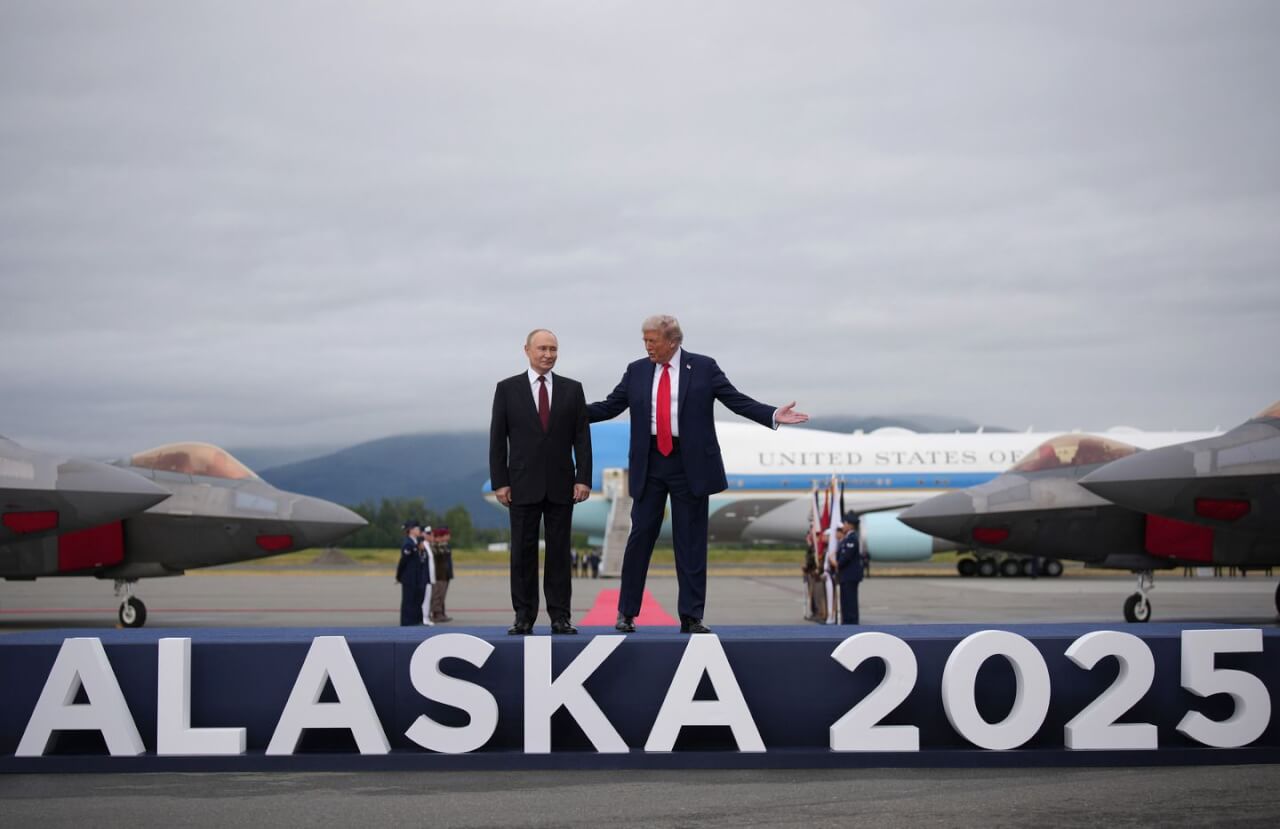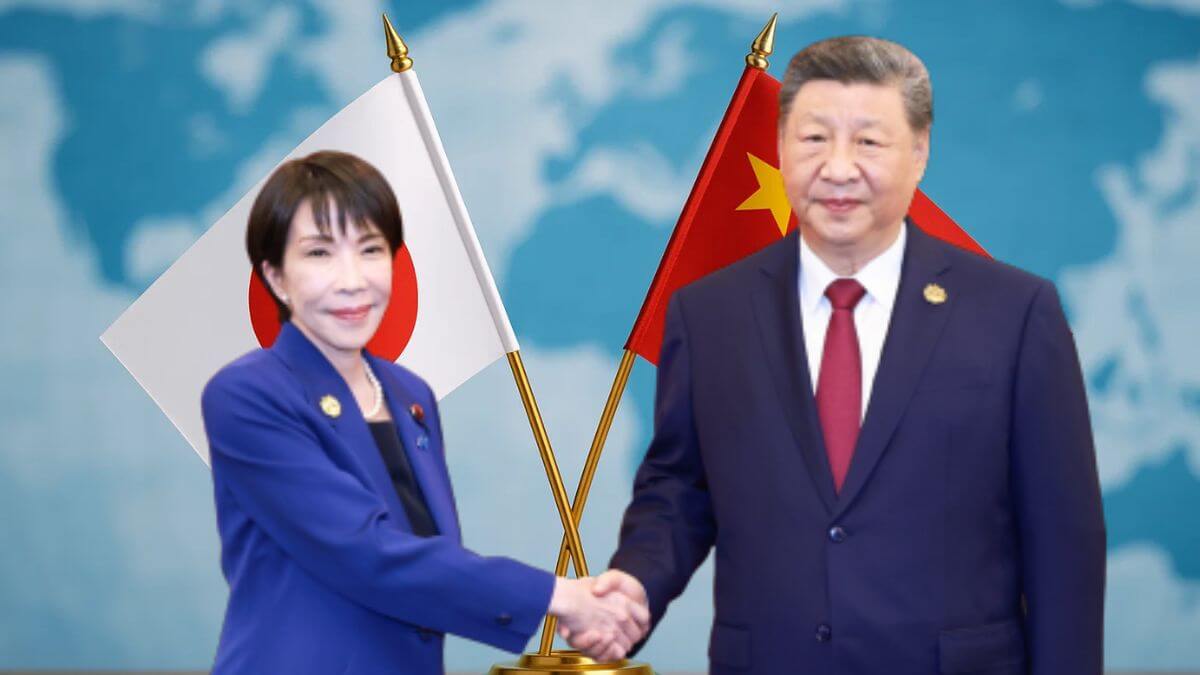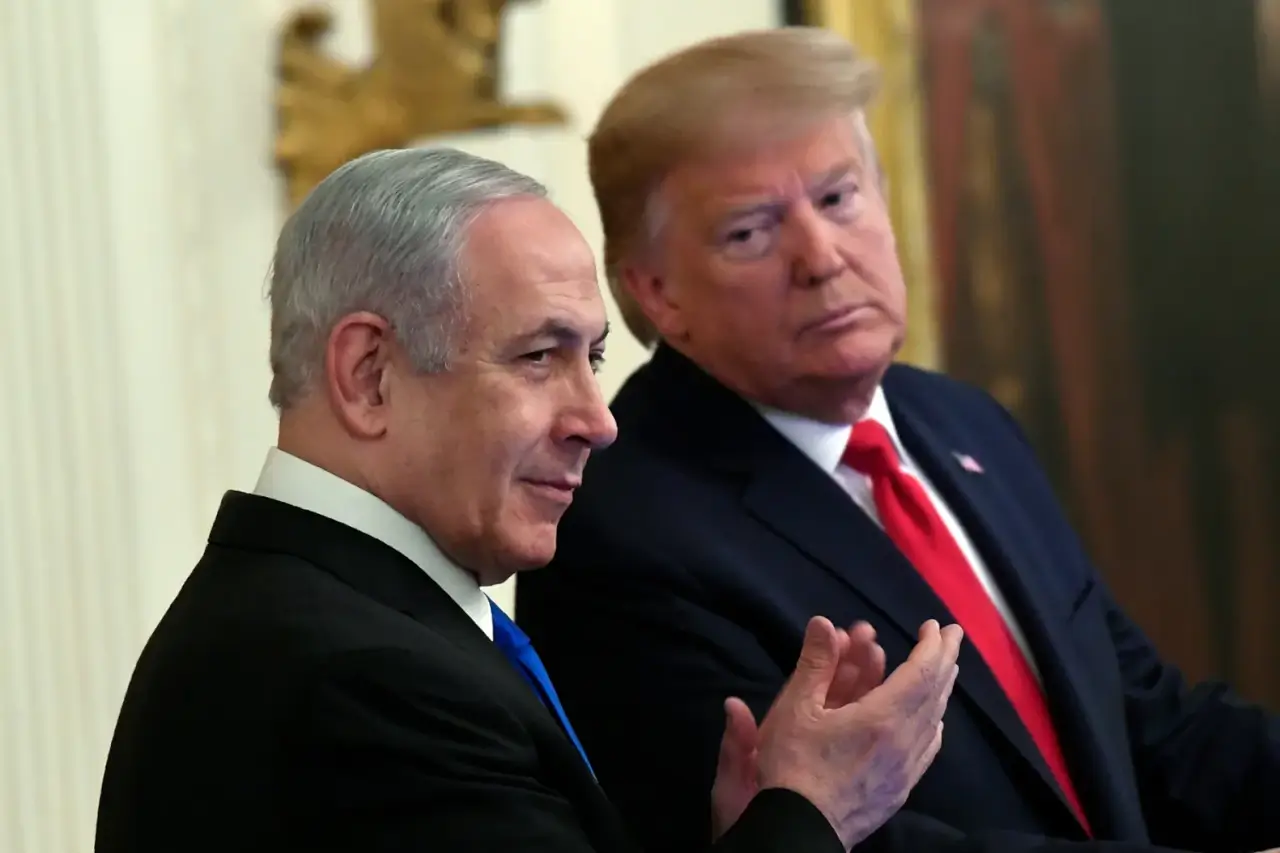The recent Alaska Summit of August 15 between the US and Russian presidents, Donald Trump and Vladimir Putin was projected as a major step towards the peace in Ukraine, which would help to bring a prolonged war with its highly destructive human and physical consequences to an end. The Alaska summit was followed by another meeting three days later in Washington, DC, on August 18, which brought together Donald Trump and the Ukrainian president, Volodymir Zelenskyy. The Washington meeting was also attended by a group of key European leaders who wished to portray their support for and solidarity with Ukraine. The marginalization of Europe was one of the key features of the two summits. Europe, a key actor in the conflict, was excluded from the initial meeting and played a secondary role in the second meeting in Washington, DC. The disgruntled nature of the European leaders was amply illustrated by the photographs of the second meeting where European leaders amalgamated around the table, with Trump occupying the center stage.
Trump’s objectives in Alaska were quite clear and consistent with his vision of the new international order where key decisions would be taken and major conflicts would be resolved through a process of bargaining and dealing with major global powers, with the US playing a pivotal role in this process. This notion of effective decision-making through bargaining between key global actors, would mean that middle powers or multilateral institutions would be effectively sidelined in the process. Trump obviously wanted credit for helping to end a major conflict, which would enhance the global role of the US, but would also bolster his own personal reputation as a successful broker and peacemaker, perhaps leading, rather paradoxically, to a possible Nobel Peace Prize in the future. A unilateral foreign policy stance based on direct dealings with key actors had become the centerpiece of Trump’s foreign policy. This approach was amply illustrated in the Alaska and Washington Summits. Trump’s other key objective was to fragment and weaken the powerful Russia-China alliance by trying to pull Russia away from China into the American orbit.
Yet, the Alaska meeting did not result in a ceasefire. Indeed, in many ways, Putin could be identified as the main winner of the summit. After three and a half years of total exclusion from the Western world, the summit helped Putin to gain a new sense of legitimacy at the international level. In this sense, the “age of conquest” represented by Russia’s invasion of Ukraine appeared to have received endorsement by Trump’s actions. The fact that Zelenskyy and the European leaders were excluded from the initial summit empowered Putin and augmented his bargaining chip. The inherent asymmetry between Russia and Ukraine was amplified further by the fact that Trump emphasized and pushed for the “deal” by pressurizing Zelenskyy through frequent recourse to Russia’s enormous power. Indeed, this was perfectly consistent with Trump’s overall approach right from the very beginning of his tenure, where rules do not matter and where strong states with authoritarian states are able to penalize and acquire territory from weaker states by using force. Trump’s approach is firmly based on power politics instead of a rule-based, inclusive order. In fact, Trump’s single-minded support for Israel against Palestinians in Gaza is clearly in line with Russian actions in Ukraine and constitutes a component part of a broader vision. The moral and human dimensions clearly have no role to play in this kind of mindset, where the strong actors have the right to determine the rules of the game and where the weak do not have the right to exist. The same logic operates at the level of domestic politics, in close parallel to international politics. The United States has experienced a significant degree of democratic backsliding in the early months of the second Trump era in 2025.
In the permissive environment of the Alaska Summit, with key actors excluded, Putin came to the table with a set of maximalist demands, which included recognition of Russian sovereignty over Ukrainian regions of Crimea, Donetsk, Luhansk, Zaporizhia and Kherson as well as Ukraine agreeing to demilitarization, neutrality, no foreign involvement with new elections aimed at replacing Zelenskyy with a new figure who would be susceptible to Russian demands. Essentially, these demands constitute a process of colonization of Ukraine, which would be clearly unacceptable to Kyiv. The Ukrainian opposition, however, is unlikely to change Russia’s demands. It is highly likely that Putin will insist on his maximalist stance in the next summit with Trump in Moscow.
If the war ends at some point with the achievement of Russia’s maximalist demands, this will create an unstable equilibrium. First, this will not equate to “just peace” by any means. Moreover, a “solution” involving the loss of a large portion of its territory, compounded by the associated Russian demands, cannot be considered as successful mediation or peace-making by any standards. In such a scenario, European nations and Trump’s Nato allies will face a serious security threat, since there is real risk that Russia would resume expansionism after a temporary pause. Weakening Europe and seriously fragmenting the transatlantic alliance are unlikely to benefit American interests in the long run, except perhaps for boosting the American arms industry, which will benefit from lucrative defense contracts as Europe increases its defense expenditures in response to looming threats of Russian expansionism.
Finally, China has been sidelined in the context of recent conflicts. The Chinese position on the two key conflicts of our times, Ukraine and Gaza are clear. China wants to end the war in Ukraine as quickly as possible and positions itself as a global peacemaker without fundamentally questioning Russian demands to conclude a successful peace process. China supports the formation of an independent Palestinian state. In contrast to its serious global ambitions, however, the Chinese position has been quite muted and subdued in both cases. However, in the long-run, China may benefit even by staying silent, and the pendulum may swing further in the Chinese direction as many countries lose trust in the United States and turn towards China as to protect themselves against Trump’s assertive and unilateral foreign policy, especially the undermining of international trade dynamics with his erratic and unpredictable tariff policy. Moreover, it is highly unlikely that Trump’s attempts to pull Russia away from China will succeed given the underlying strength and robustness of the Russia-China axis, especially in the context of BRICS in which the Russia-China nexus constitutes the anti-democratic, authoritarian axis further serving each other’s interest in contrast to a more democratic faction composed of Brazil, India and South Africa.








